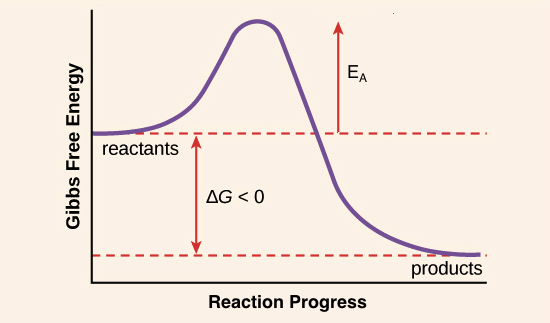 This Site is Under Construction
This Site is Under Construction
- 3 mins 
Scaffolding, the unsung hero of building buildings. Without which, few of the architects dreams would be realized. The sprawling city-scapes of tomorrow would be little more than dust-bowls littered with rickety, rotting wooden facades, barely able to maintain composure against the relentless pull of gravity. This is exactly how a framework such as Semantic UI makes intricate, aesthetically pleasing websites possible while minimizing the pains of web development. The difference between an hour spent building a site with raw HTML and CSS, and an hour spent using Semantic UI is a little bit like jumping in a time machine. The framework helps to mold the building blocks to fit the bill. The mantra that Semantic uses is a powerful one, “Everything arbitrary is mutable.” In other words, the power is in the hands of the developer. By importing Semantic into a project directory, possibilities are endless in regards to functionality and customization.
Having said all of that
here is the bottom line: I am somewhat proficient at making pretty looking web-pages now. Do I like doing it? Not especially, but at least my knowledge of HTML and CSS is no longer stuck in the era of <blink>yesteryear</blink>.
Learning curves

Like the chemical reaction above, energy is required to get things moving. That energy came in the form of a week long stint of non-stop building imitation web-pages. Countless repositories filled with cleverly conned snippets of graphic design degrees hard at work. A little oasis of aesthetically pleasing layouts. A welcome sight to a CS student who would rather use the golden ratio to inductively prove that the ith Fibonacci number is equal to the ceiling of phi to the i over root five, but I digress. Web-pages are fun, I’ll give them that. Despite the urge to throw my laptop against the wall because the logo will not, for the life of me, move to the middle of the nice little box it is in (que the Happy Gilmore scene where Adam Sandler is angrily inquiring if if the golf ball is too good for its home), visually seeing what has been coded is still cool. Is that visual feedback worth it? My answer: Debatable.
Language au naturale
Natural language as an approach to augmenting and simplifying coding is what struck me as the most beneficial part in using semantic. I am already seeing the power that natural language has in terms of making code easy to learn and understand. Such an approach undoubtedly earns the Noam Chomsky seal of approval. Of course, what else is expected from a web framework going by the name Semantic UI. The power of simple intuitive syntax has far reaching impacts in multiple areas of programming.
The idea stretches towards natural language processing as a means to search repositories on GitHub. In this example, machine learning is being used at GitHub to return reasonable results without the use of keywords. A powerful idea with simple roots. The more computer programming moves toward being a natural extension of human expression, the more excited I get about being a computer scientist.
To conclude
I’d like to extend a sincere thank you to the team at Semantic UI. Without whom I would still be a major noob in terms of web-design. Although I may have grumbled a few (a lot of) curse words under my breath as I spent hours trying to align some text, in the end everything was worth it. Cheers guys and gals.
